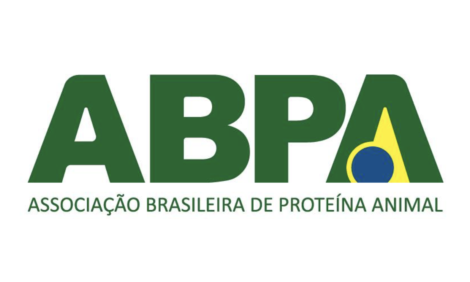



USPOULTRY Seminar Highlights More Avian Flu Preparation Ideas
US - More ideas for preparing for a potential resurgence of avian influenza in the US have been discussed at USPOULTRY’s 2015 Live Production and Welfare Seminar in Nashville, Tennessee.“We failed to understand the potential scope of the outbreak. No one planned for 40 introductions of avian influenza. That left us short on people and resources,” commented Dr David Halvorson, professor emeritus, University of Minnesota, while addressing attendees.
In his presentation on “Avian Influenza: Back to Basics/Preparing for the Fall Season,” Dr Halvorson discussed the spring avian influenza outbreak that occurred in the Midwest and reviewed the experiences gained from it, remaking that the “biosecurity that worked for us in the past was not good enough to protect us from wild bird introductions.”
He discussed the need for employee training and education, as well as the need for a biosecurity plan that incorporates line of separation, peripheral buffer area, personnel and equipment, wild bird programmes, live and dead bird movement, manure movement and egg movement. Dr Halvorson also stressed the need for review and constant improvement.
“Preparation is the key,” said Dr Erica Spackman, research microbiologist with the USDA Agricultural Research Service and lead scientist for the avian influenza project.
During her discussion on avian influenza, she addressed the highly pathogenic avian influenza outbreak that occurred in the spring, focusing on where the virus originated and how the virus spread. She also reviewed the pros and cons of vaccination.
“For us, working in control zones for disease control has worked quite well with Mycoplasma synoviae (MS) and laryngotracheitis. Our biosecurity campaign for avian influenza is probably what is going to save us from MS in the future,” remarked Dr Louise Dufour-Zavala, executive director, Georgia Poultry Lab.
Dr Dufour-Zavala reviewed the 2014 MS situation in Northeast Georgia and compared it against the 2004 and 2009 MS cases. She also discussed control programmes, biosecurity visits and audit findings related to MS and stressed the importance of having excellent biosecurity measures in place at all times.








